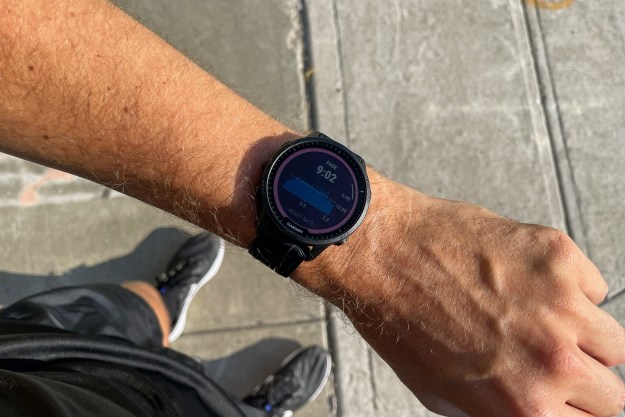Local officials hope that making bus and bicycle commuting a faster and more efficient process will help get even more citizens out of their cars. That’s why intelligent traffic signals are one of the main points of the Transport Systems Action Plan. By prioritizing buses and bicycle lanes, the smart traffic lights aim to cut bus travel times by up to 20 percent, and bicycle commute times by 10 percent. Installing the intelligent system across Copenhagen will cost the city $8.9 million in the form of 380 traffic lights.

Programmable traffic signals aren’t a new idea, but instead of getting more cars to their destination quicker, this Copenhagen system will focus on speeding up bus and bike lanes. City buses will communicate details about their trip to the system, including geographic position, number of passengers, and scheduling delays. In response, the traffic lights can stay green for up to 30 seconds longer in order to keep buses moving, giving special priority to buses that are overcrowded or running behind schedule.
Intelligent traffic signals will also work alongside systems already in place to help ease the ride of commuting cyclists. For example, Copenhagen’s “green waves” are stretches of road with traffic lights timed specifically so that cyclists never hit a red light, based on an average speed of about 12 miles per hour. The city’s new intelligent traffic signals will help make even more green waves around the city, and will make each zone even more bicycle-friendly by adapting to changes in average speed. So if weather is bad in Copenhagen and bicycles are slowing down against wind or rain, the green waves will be able to light the way for slower bike speeds until the weather clears. Officials expect the system to reduce the number of times cyclists have to stop by 10 percent.
There hasn’t yet been an official statement of when Copenhagen will have the system fully installed with traffic lights up and running. In the meantime, the Danish city is still headed in the right direction with sustainability and environmental initiatives.


